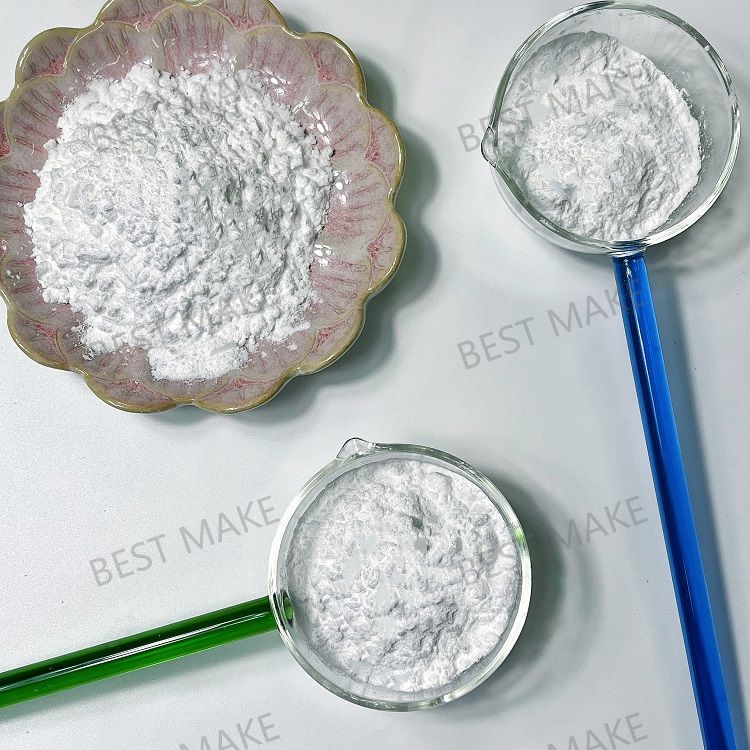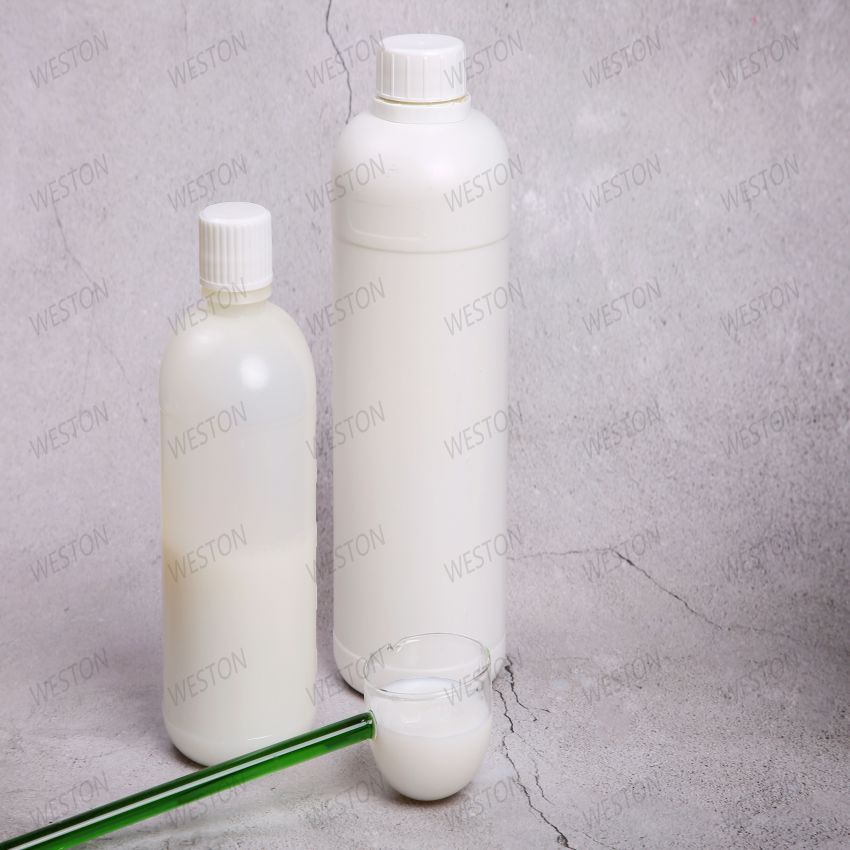-
Categories
-
Pharmaceutical Intermediates
-
Active Pharmaceutical Ingredients
-
Food Additives
- Industrial Coatings
- Agrochemicals
- Dyes and Pigments
- Surfactant
- Flavors and Fragrances
- Chemical Reagents
- Catalyst and Auxiliary
- Natural Products
- Inorganic Chemistry
-
Organic Chemistry
-
Biochemical Engineering
- Analytical Chemistry
- Cosmetic Ingredient
-
Pharmaceutical Intermediates
Promotion
ECHEMI Mall
Wholesale
Weekly Price
Exhibition
News
-
Trade Service
(2) Purification method
Commonly used purification methods for SAs mainly include liquid-liquid distribution (LLP), solid phase extraction (SPE), QuEChERS, molecular imprinting technology (MIP), immunoaffinity chromatography (IAC), and online automatic purification
.
1) Liquid liquid partition (LLP)
LLP achieves the purpose of separating the analyte from impurities through the difference in solubility and partition coefficient of the analyte in the two immiscible phases
.
Emulsification is prone to occur in LLP.
2) Solid phase extraction (SPE)
SPE uses an adsorbent to adsorb the target compound in the liquid sample to separate it from the sample matrix and interfering substances, and then eluate or heat to desorb the target compound by elution or heating
.
Compared with traditional LLP, SPE does not require a large amount of organic solvents, does not produce emulsification, and can purify small-volume samples.
A.
Silica gel column
Alaburda et al.
established a method for the detection of STZ, SMZ and SDM residues in milk
.
Extraction with dichloromethane , purification with silica gel solid-phase benzene column, the extract was derivatized with fluorescein, and then detected by reversed-phase HPLC-FLD
B.
Basic alumina column
Li Junsuo and others established an HPLC method for seven SAs in chicken liver tissue
.
After adding anhydrous sodium sulfate, the sample was extracted with acetonitrile, degreasing with n-hexane and purified by basic alumina SPE column, eluted with acetonitrile-water (75+25, v/v), and determined by HPLC
C.
Flori Silica Pillar
Granja et al.
established the residual analysis method of ST, SM2 and SDM in honey
.
The honey sample was dissolved in 30% NaCl, extracted with dichloromethane LLE, purified with a Florisil SPE column, detected by HPLC, and quantified with sulfapyridine as an internal standard
D.
C18 column
De la Cruz et al.
used LC-MS/MS to detect 10 SAs in eggs including SDM, SMZ, SQXNa, SAM, SCP, SMR, SMTZ, SMXZ, STZ and SMPD
.
Using SDZ as the internal standard, acetonitrile was extracted and then spin-evaporated to 1 mL, then purified with a C18 SPE column pretreated with acetonitrile and water, eluted with B, evaporated to dryness and reconstituted, and then determined by LC-MS/MS
E.
HLB column
Guo Genhe et al.
used HLB column to purify 5 SAs in shrimp samples
.
The sample was extracted with dichloromethane, dried with nitrogen, reconstituted with 3mL phosphate buffer-acetonitrile (95+5, v/v), purified by HLB column, eluted with 5mL methanol, and detected by HPLC-UVD
Related Links: Analysis Technology of Sulfonamide Drug Residues (2)







